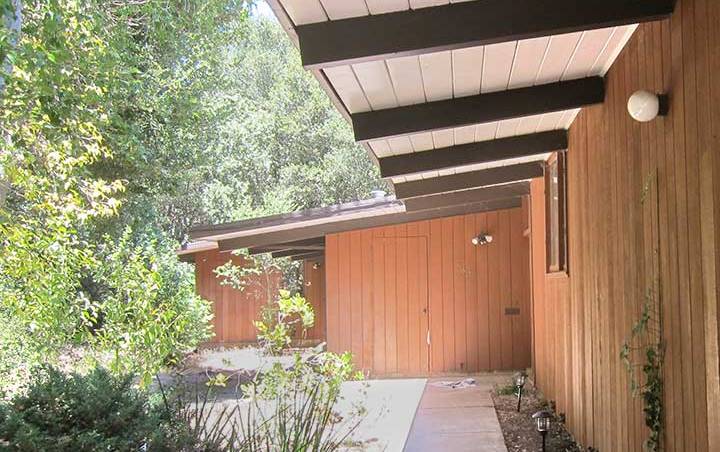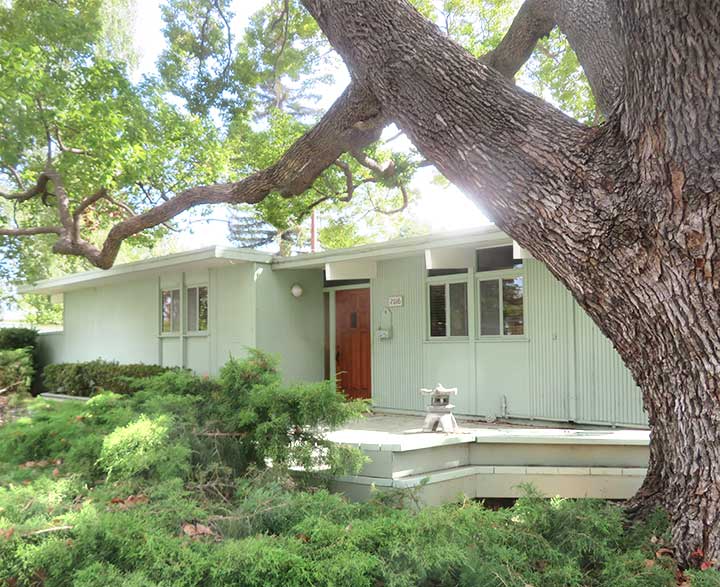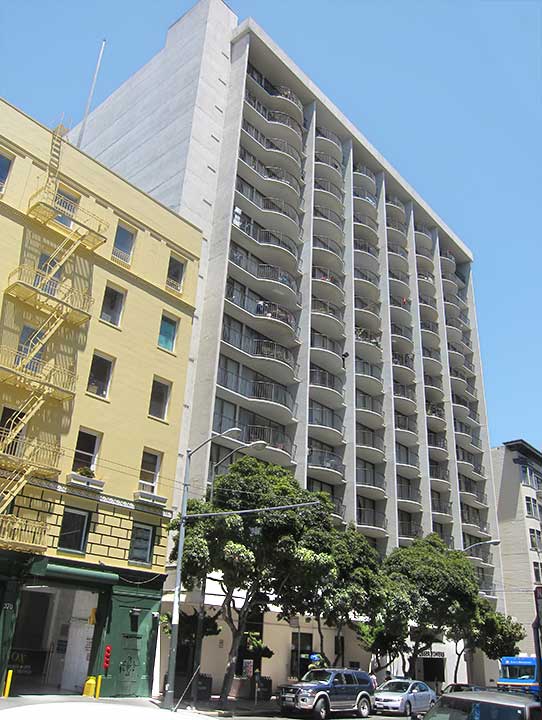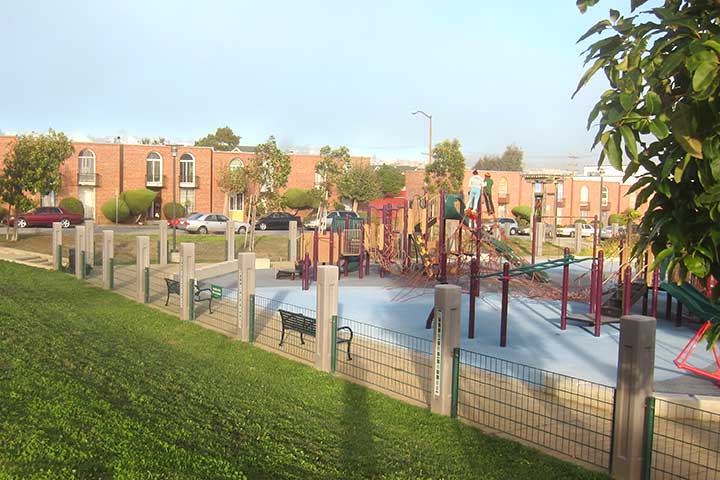
Things You Don’t Know About Joe
 |
Today, few figures in the field of mid-century modern architecture are as well known as Joe Eichler, who famously brought modernism to the masses in a tract homebuilding career that stretched from 1947 to 1974.
Still, even people who live in Eichler homes and admire them enough to study his career often miss aspects of his career that shed light on what made the man tick.
Several years back this column dispelled a few common myths about Eichler and his homes. This time let’s focus not on mistaken 'facts,' but on things you may not know – or may not understand how they fit into a pattern.
Consider this: Joe did not begin by building starter homes only. Many people think he did, because most of the early Eichler tracts were comprised of small homes. But from the start of his career Joe clearly wanted to build homes for a range of incomes and buyers, something that he continued to do throughout his life.
 |
In 1950 to 1951 Eichler built two semi-custom homes on the Stanford Campus for two professors, both designed by his then-regular team of architects, Anshen and Allen. Low-slung, built of redwood, and unpretentious, these were somewhat larger than his tract homes and show that from the start, Joe was aiming at a varied clientele.
One of the homes, with plans referenced as 'modified Eichler Home model AA-12,' was just over 1,350 square feet and had a kitchen the San Jose Mercury News later called “one of the most compact rooms imaginable.” Eichler did provide a few custom touches, including extra brickwork and swinging doors.
Throughout his career Eichler would continue to build custom homes on the Stanford campus for professors and administrators. This suggests something else about Eichler’s homebuilding career: that much of what he did was based on personal whim, or interest you might say, as opposed to bottom-line dollars and cents.
 |
Joe’s son, the late Ned Eichler, who worked for Eichler Homes in several roles, always argued that custom homes and some other ventures were costly diversions from the firm’s primary business.
But Ned's dad loved building homes for Stanford intellectuals, Ned said, though Joe had less fondness for Stanford students – or at least their looks about which, Ned said, “He was very contemptuous.”
“His reason was how the students dressed,” Ned said. “My father was very conscious of dressing well. In his days at college guys wore shirts and ties and coats. He saw Stanford students wearing Levis and T-shirts, and he thought that was boorish dressing.”
But if Eichler loved building for the nation’s top professors, he also wanted to build what academics call “social housing,” aimed at low-income workers. This too was a goal aimed less at the bottom line than at broadening the range of people who could benefit from living in a modern way.
 |
At several points in his career Eichler worked with his various architects on plans for inner city or suburban apartments aimed at working-class people. Some of this was in San Francisco redevelopment zones, and most of it did not get built. (His projects in the Western Addition, whole apartments and co-ops, were aimed at middle-class buyers.)
But Eichler did build a project called Central Towers in the heart of San Francisco’s Tenderloin (today you can see it from the Tenderloin Museum), with compact apartments that still attract folks on a housing budget.
And in the working-class San Francisco neighborhood of Visitacion Valley, within sight of Daly City’s Cow Palace, Eichler built Geneva Towers (imploded in 1998 after suffering years of crime and neglect), and Geneva Townhouses, which still provide needed housing.
Another aspect of Joe’s career, and of his personality, that deserves more attention is his intense focus on modern architecture.
 |
Many developers besides Eichler built what we today call mid-century modern houses. But other than Eichler, everyone of them – that we know about – built conventional homes too. This is true of Bob and George Alexander, whose Alexander Construction Co. built several thousand homes, first in Los Angeles and then, more famously, in Palm Springs.
And the Streng Brothers, whose approximately 40-year career building modern homes in the Sacramento Valley lasted many years longer than did Joe’s 27-year run, built conventional homes designed by the same architect who did their modern designs, at least for a portion of the time.
Yes, as these other developers knew, there were lots of buyers out there who would walk away from modern. Why walk away from them?
But when Joe’s salespeople said, 'Joe, let’s go a bit more traditional sometimes, OK?,' “My father would say, we’re not going to change it,” Ned Eichler said. “He was willing to put himself on the line, his money and his principles.”
- ‹ previous
- 581 of 677
- next ›



